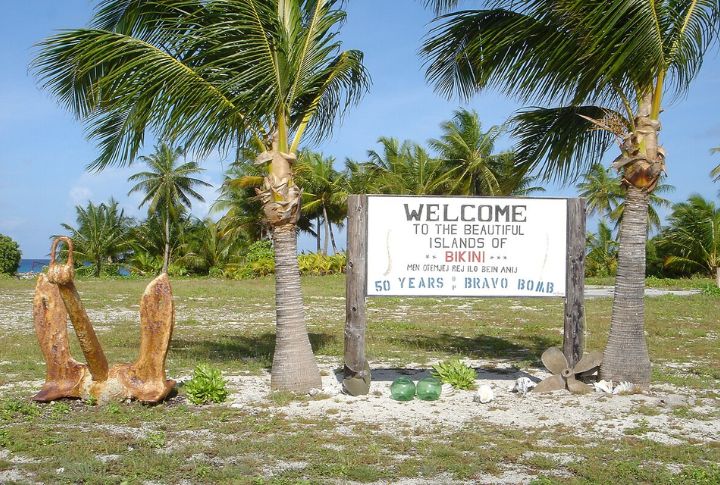
Bikini Atoll might sound like a tropical paradise, but no one’s unpacking a suitcase there. Once buzzing with island life, it’s now eerily empty and not for reasons you’d expect. So, what happened to this beautiful spot, and why has it stayed frozen in time for decades? Here’s the full story of Bikini Atoll, one of the most haunting reminders of humankind’s atomic age.
Where Is Bikini Atoll
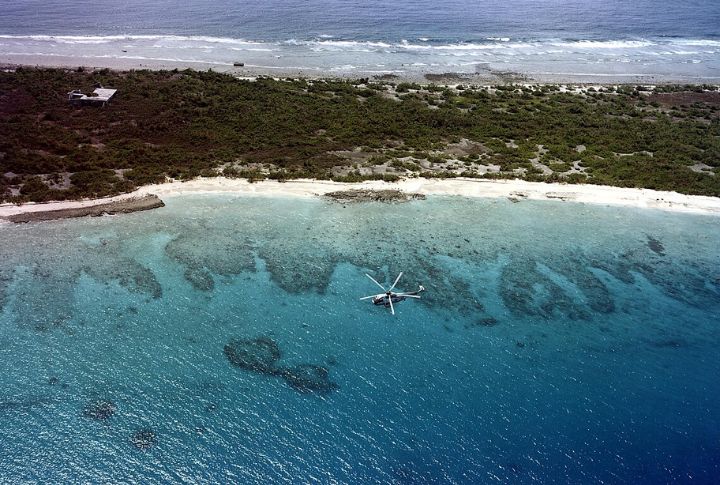
Bikini Atoll lies in the remote Pacific Ocean, part of the Marshall Islands archipelago. It’s over 2,000 miles southwest of Hawaii and consists of 23 small islands surrounding a central lagoon.
Ground Zero For 23 Atomic Blasts
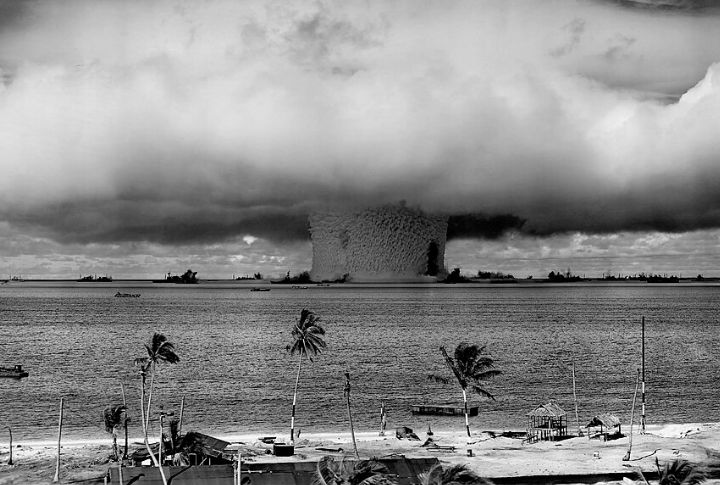
Between 1946 and 1958, the U.S. used Bikini Atoll as a test site for 23 nuclear weapons. These explosions vaporized islands, poisoned reefs, and left radiation embedded in the soil. The island’s contamination isn’t temporary—it’s been measured in centuries, not years, keeping long-term habitation permanently off the table.
A Devastating Relocation
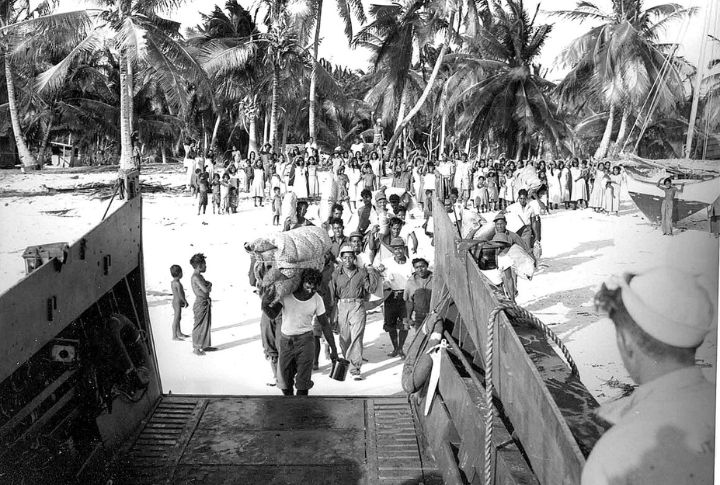
In 1946, the U.S. relocated Bikini’s population under the promise of a quick return. That never happened. Successive resettlement attempts failed due to lingering radiation in food and water. Generations later, many descendants still live in exile across the Marshall Islands and the United States, unable to reclaim their ancestral land.
Uninhabitable Terrain
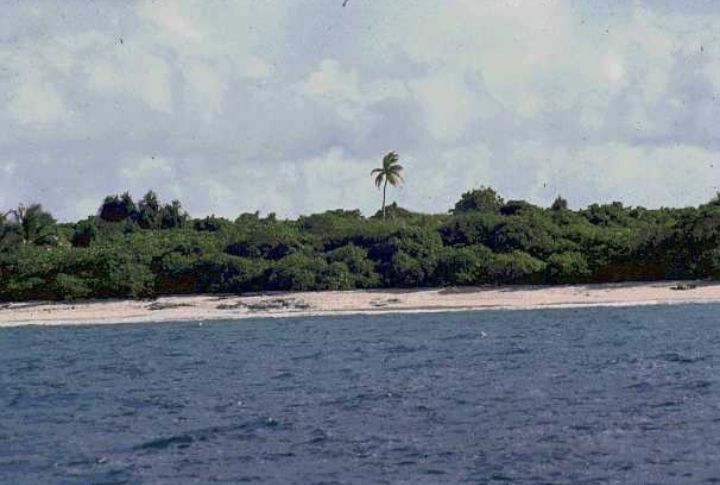
Even after decades, the soil on Bikini Atoll contains high levels of cesium-137, a radioactive element absorbed by crops. Coconut and breadfruit trees, once dietary staples in the area, have also been affected. Scientists have repeatedly concluded the island can’t support a self-sufficient food supply, which makes permanent resettlement impossible for the foreseeable future.
Bikini Atoll’s Ecological Crisis
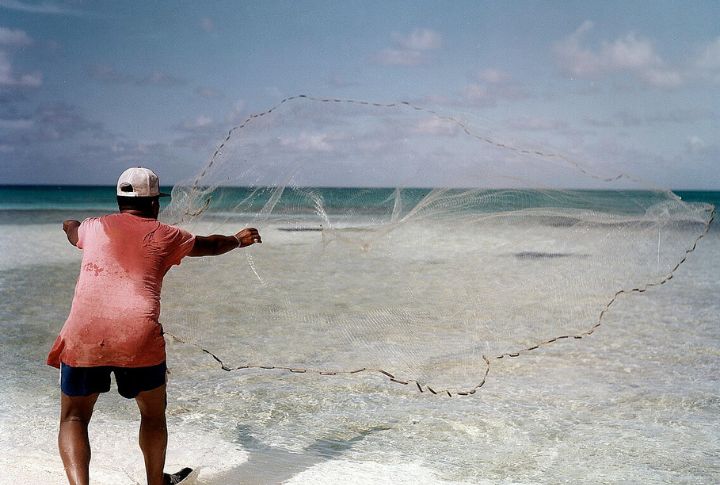
Though the atoll’s waters teem with life, fish and sea creatures still carry traces of radioactive isotopes. Research teams have detected levels way above safety thresholds in reef species. For locals who depend on fishing to survive, the health risks alone make the island unsuitable for just about everything.
Officially Declared Unsafe After A Failed Resettlement
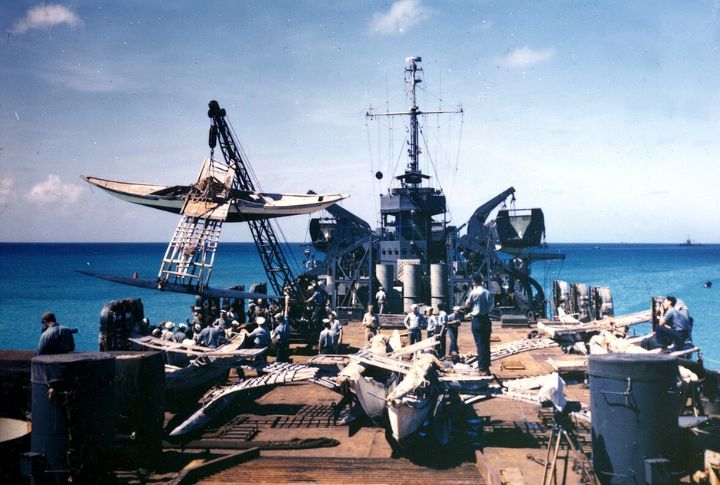
In the late 1970s, some displaced islanders returned to Bikini—only to be evacuated again. Medical testing disclosed that they were ingesting harmful doses of radiation found in local foods. This once again confirmed just how unsafe this atoll remains.
Officially Declared An Exclusion Zone
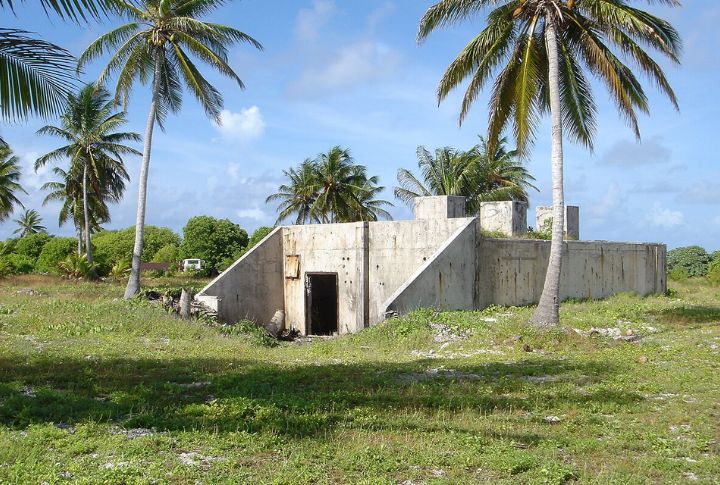
Forget about living—you can’t freely visit Bikini Atoll. Entry requires special clearance, which is only granted to scientific researchers and controlled dive groups. There is nothing there—just monitoring stations and remnants of an island frozen in time.
Long Abandoned Military Infrastructure
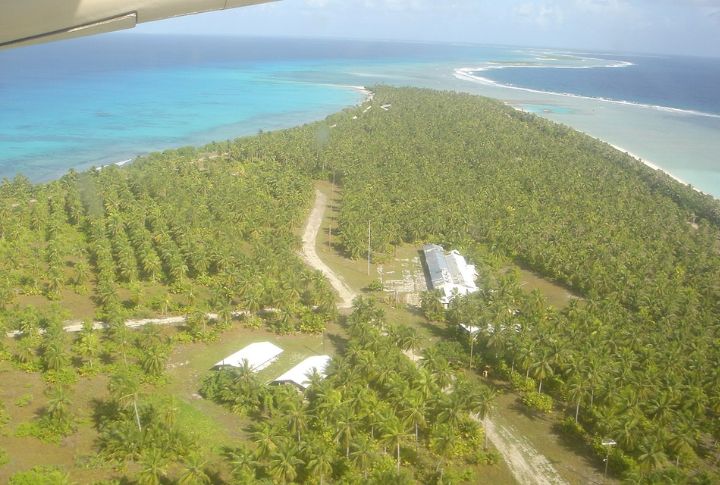
Airstrips, bunkers, and other test-era structures still stand, but they’re crumbling from disuse and exposure. Nothing was rebuilt after the evacuations. Without functioning infrastructure, rebuilding a functioning community would require starting entirely from scratch, under hazardous conditions.
Current Status As The World’s Most Radioactive Island
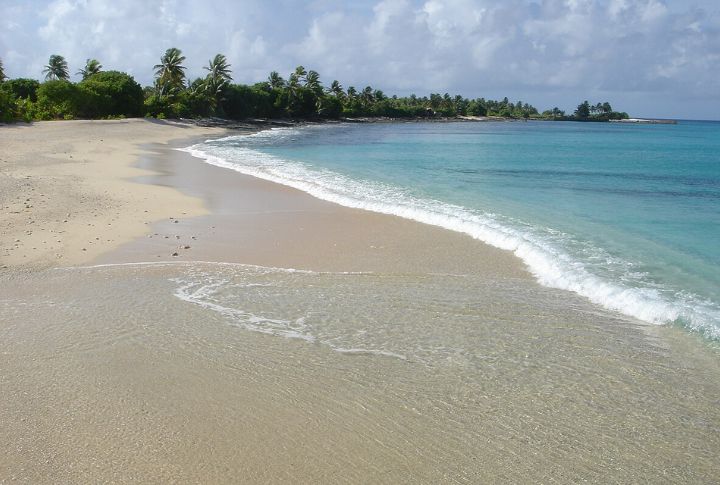
Multiple surveys since the 1990s have confirmed that Bikini Atoll remains one of the most radioactive islands in the world. Some areas register doses far above safe living standards. The contamination varies by location, but is enough to disqualify the island as livable by modern health regulations.
Slow Clean-Up Efforts
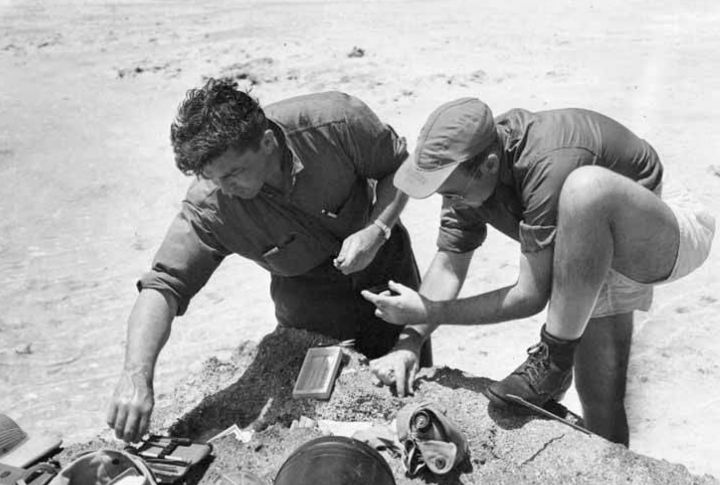
Efforts to remove the radioactive waste from Bikini Atoll are ongoing, but they are quite slow. Cleaning up the island’s contamination is a complicated and time-consuming task. So, even after decades of work, complete environmental restoration remains out of reach.

